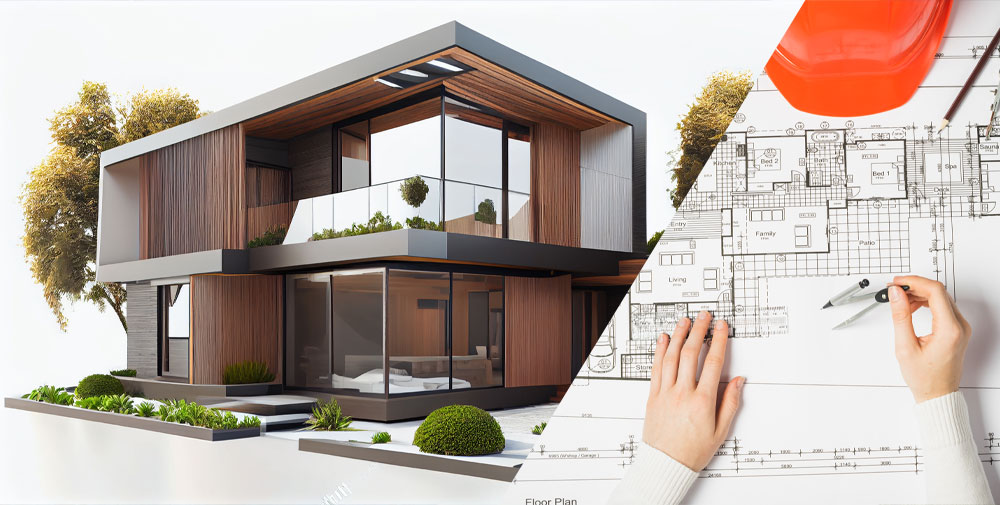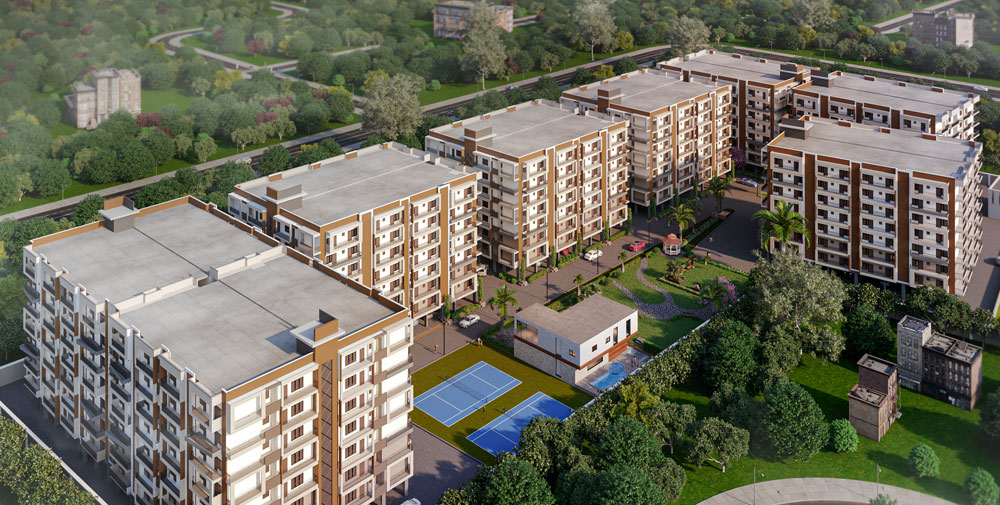In the dynamic realm of architecture, visualization plays a pivotal role in transforming abstract ideas into tangible, immersive experiences. As technology continues to advance, the future of visualization in architecture holds exciting possibilities. This blog explores the latest technologies shaping this landscape, focusing on 3D architectural visualization services.
Table of Contents
Virtual Reality (VR) and Augmented Reality (AR) Integration
One of the most revolutionary advancements in architectural visualization is the integration of Virtual Reality (VR) and Augmented Reality (AR). VR enables architects and clients to immerse themselves in virtual environments, experiencing spaces before they are built. AR overlays digital information in the real world, offering interactive and informative experiences. These technologies enhance decision-making and provide a deeper understanding of spatial concepts.
Real-Time Rendering in Visualization in Architecture
Real-time rendering has emerged as a game-changer in architectural visualization. Architects can now create and modify designs on the fly, instantly visualizing the impact of changes. This technology streamlines the design process and facilitates effective communication between stakeholders. 3D architectural visualization services leverage real-time rendering to produce high-quality, dynamic visualizations that bring designs to life.
Read this also
Artificial Intelligence (AI) in Design Optimization
AI algorithms are being employed to optimize architectural designs. These systems analyze vast data to generate design solutions that maximize efficiency, sustainability, and aesthetic appeal. AI-driven tools assist architects in making informed decisions and refining designs based on diverse parameters, ultimately contributing to more intelligent and sustainable architectural solutions.
Parametric Design
Parametric design, facilitated by advanced software, allows architects to create complex, adaptive structures. By defining a set of parameters, architects can generate many design variations. This approach not only fosters creativity but also enables architects to tailor designs to specific project requirements. 3D architectural visualization services excel in presenting these parametric designs in a visually compelling manner, aiding in effective communication with clients and collaborators.
Blockchain for Enhanced Collaboration
Blockchain technology is making its mark in architecture by enhancing collaboration and ensuring the integrity of project data. Decentralized and secure, blockchain platforms facilitate transparent communication and data sharing among project stakeholders. This innovation promotes trust and efficiency in the collaborative process, influencing how architectural visualization services manage and distribute project information.
Conclusion
As we step into the future, the convergence of technologies is reshaping the landscape of architectural visualization. Virtual Reality, Augmented Reality, Real-Time Rendering, Artificial Intelligence, Parametric Design, and Blockchain are just a few of the transformative forces at play. Embracing these advancements, coupled with the expertise of 3D architectural visualization services, architects can create, communicate, and refine their designs with unprecedented precision and efficiency. The future of visualization in architecture is not just about envisioning spaces; it’s about experiencing them in ways previously thought impossible.




